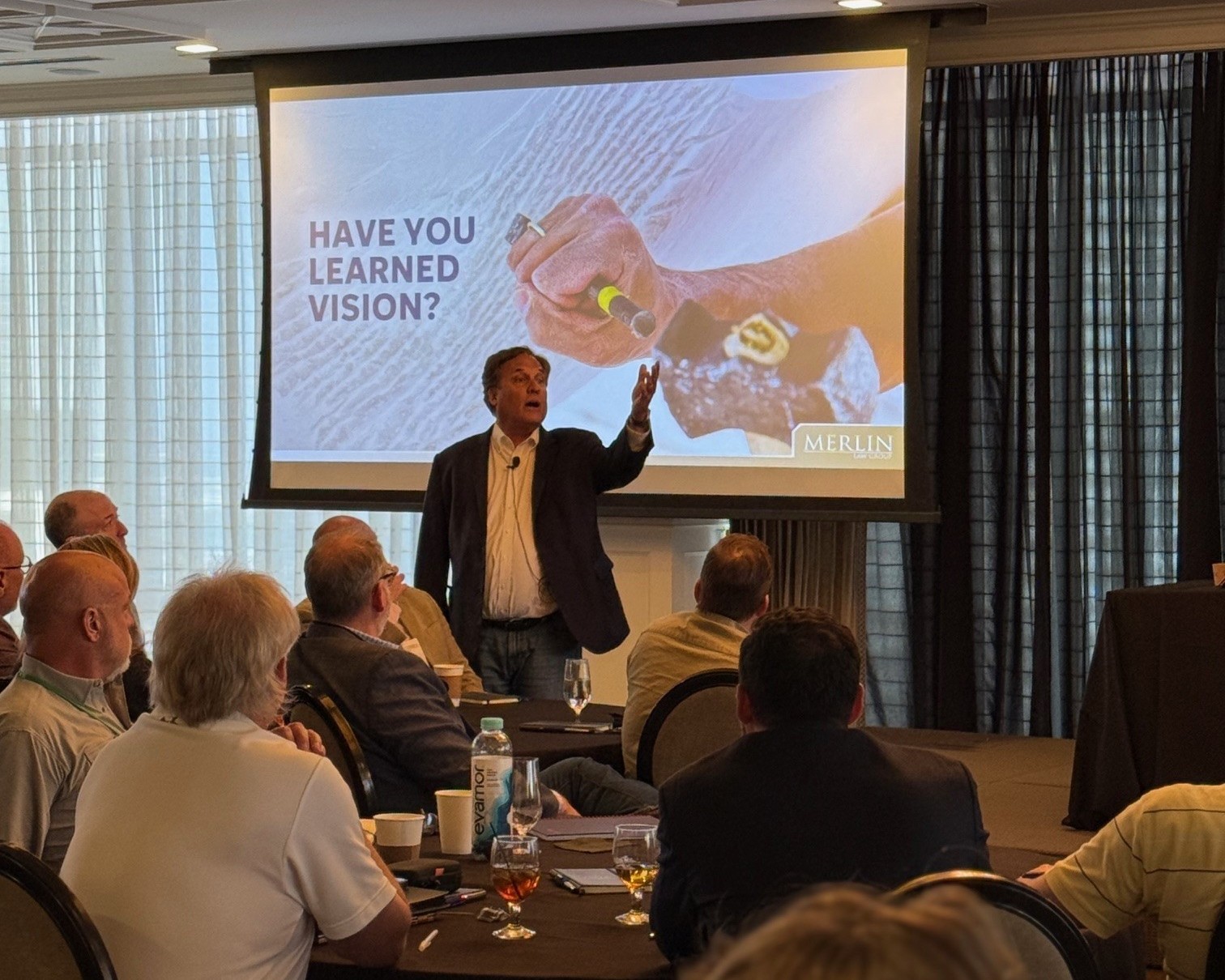What is the value of insurance if it does not pay for insured losses? Imagine if you had a significant accidental water damage to your home or business, do you know whether your insurance company has your back? Will it really be there to help you? Don’t count on it. Today, modern insurance companies are re-writing their insurance policies to limit what is covered and excluding many losses that used to be covered under all-risk policies. State Farm, as an insurance industry leader, is leading the charge of making an insurance product that no consumer should trust as providing the amount of coverage the insurance product afforded 25 years ago. It is always important to remember that Policyholders Buy Insurance for Peace of Mind and Not Economic Advantage and that concept is being defeated as carriers try to gain economic advantage by changing small print in the policy that may have significant consequences discovered by the policyholder only after disaster happens. To be Fair And Balanced with State Farm, I could have substituted Allstate, Nationwide and USAA into the title.
Need an example of how the small print is killing the so called, “all-risk” concept of insurance? See the recent California case of Freedman v. State Farm Ins. Co., 173 Cal. App. 4th 957 (Cal. App. 2d Dist. 2009). Here are the facts:
“In or about 2000, the Freedmans’ home was repiped, and an upstairs bathroom was remodeled, including the replacement of drywall to cover the new piping. On or about August 12, 2005, “extensive water leakage was discovered in the upstairs bathroom wall. One wall was discolored and wet. The drywall fell apart on touch and mold was seen on pieces of the wall. The tile floor was wet and the ceiling immediately downstairs was wet and soft.” When the drywall was removed, it was discovered that a nail that had been used to hang the drywall had penetrated entirely through a pipe. “The pipe was corroded around the points of entry of the nail, and water was release[d] through that area of corrosion.” A damage restoration company discovered mold both upstairs and downstairs. On or about August 15, 2005, the Freedmans submitted a claim to State Farm. State Farm conducted an inspection and, on or about August 25, 2005, denied the claim.” (emphasis added)
Now, I bet most State Farm policyholders are wondering, “Is there any type of pipe breakage where water leaks that would be covered?“ I would ask that question as well because once you read what State Farm does not cover, most policyholders probably wonder if “all-risk” means anything. State Farm’s website conspicuously avoids advertising or discussing all the exclusionary language it relies upon to deny claims. However, I did find this promise and statement by State Farm on its website:
“We protect the roof over your head and everything under it, especially your sense of security.
State Farm® has been writing homeowners insurance for over 60 years. Today, we insure about 15 million homes.
We offer broad protection that you can trust, plus affordable rates, and outstanding service.
The State Farm Homeowners Insurance Policy offers protection for your dwelling, as well as your personal possessions and personal liability.”
The lesson to policyholders and the purchasers of insurance is that the small print is reserved for the policy because most would not purchase the product if it accurately advertised accidental losses would not be covered. While not close to all the exclusions found in the State Farm policy, the exclusionary language cited by the Court in the Freedmans’ State Farm policy was:
“Paragraph 2 of Section I—Losses Not Insured provides: “We do not insure for any loss to the property described in Coverage A which is caused by one or more of the items below, regardless of whether the loss occurs suddenly or gradually, involves isolated or widespread damage, arises from natural or external forces, or occurs as a result of any combination of these: … g. wear, tear, marring, scratching, deterioration, inherent vice, latent defect or mechanical breakdown; … h. corrosion, electrolysis or rust … .”
Paragraph 4 of Section I—Losses Not Insured provides: “We do not insure under any coverage for any loss which is caused by one or more of the items below, regardless of whether the event occurs suddenly or gradually, involves isolated or widespread damage, arises from natural or external forces, or occurs as a result of any combination of these: … c. Water Damage, meaning: … (4) continuous or repeated seepage or leakage of water or steam from a: … (c) plumbing system … .”
Paragraph 5 of Section I—Losses Not Insured provides: “We do not insure for loss described in paragraphs 2., 3. and 4. immediately above regardless of whether one or more of the following: (a) directly or indirectly cause, contribute to or aggravate the loss; or (b) occur before, at the same time, or after the loss or any other cause of the loss:… a. conduct, act, failure to act, or decision of any person, group, organization or governmental body whether intentional, wrongful, negligent, or without fault;… b. defect, weakness, inadequacy, fault or unsoundness in:… (2) design, specifications, workmanship, construction, grading, compaction; … of any property (including land, structures, or improvements of any kind) whether on or off the residence premises … .”
Many State Farm policyholders reading these exclusions probably worry that anything that accidentally breaks down will not be covered. State Farm and its competitors should make customers aware of how much is not covered, rather than advertise its affordable rates and those syrupy feel good advertisements. The true nature of the insurance company is determined by the coverage sold and the performance of the claims department. Those advertisements have nothing to do with what truly happens in the field on a day to day basis. Just ask the Freedmans.
The Court upheld State Farm’s denial for a number of reasons which I quote below:
“…the Freedmans’ policy exclude third parties’ negligent conduct and defective workmanship whenever they interact with an excluded peril…Corrosion and continuous or repeated seepage or leakage of water are excluded perils under the Freedmans’ policy…Thus, the Freedmans’ policy excludes contractor-negligence-induced corrosion and contractor-negligence-induced continuous or repeated seepage or leakage of water…The Freedmans have introduced no evidence that contractor negligence caused their loss in any way apart from the nail’s role in triggering corrosion and a water leak…Accordingly, the Freedmans’ loss is not covered…
…
…the Freedmans contend that the exclusion is “ambiguous” because it does not say how long a leak must last in order to be “continuous” or how many times the leak must stop and start in order to be “repeated.” The argument fails because it does not purport to show that the application of the exclusion to the stipulated facts of this case is in any way unclear. The parties stipulated that the water that damaged the Freedmans’ home leaked “through [the] area of corrosion” around the nail through the pipe. Given the small size of the hole(s) through which the water leaked, and given the extensive amount of water damage (“One wall was discolored and wet. The drywall fell apart on touch and mold was seen on pieces of the wall. The tile floor was wet and the ceiling immediately downstairs was wet and soft.”), the leak must have lasted a sufficiently long time, or stopped and started sufficiently many times, to count as “continuous” or “repeated” under any reasonable construction of those terms…
…the Freedmans argue that the exclusion applies only to “normal deterioration of the plumbing system,” not to leaks “caused by some force other than deterioration.” We disagree because the policy language is inconsistent with the Freedmans’ interpretation. The policy excludes “coverage for any loss which is caused by [continuous or repeated seepage or leakage of water from a plumbing system], regardless of whether the event occurs suddenly or gradually, involves isolated or widespread damage, [or] arises from natural or external forces.” …The policy thus expressly provides that leaks are excluded regardless of whether they are caused by natural forces such as normal deterioration or external forces such as a nail driven through a pipe.
…the Freedmans argue that application of the exclusion here would violate the efficient proximate cause doctrine, because contractor negligence is a covered peril and was the efficient proximate cause of their loss. We have already discussed and rejected that argument…
III. The Mold Coverage
The Freedmans argue that because their policy includes an endorsement relating to mold, the damage caused by mold is covered. We disagree.
The mold endorsement provides limited coverage for losses caused by “fungus,” which is defined to include “any type or form of fungi, including mold or mildew.” Within the specified limitations, such losses to the Freedmans’ dwelling are covered if they were “caused by or directly result[ed] from” either a specified peril under the personal property coverage or a peril not otherwise excluded.
…the mold damage to the Freedmans’ dwelling was caused by the water leak, which was caused by corrosion, which was caused by the nail through the pipe. As we have explained…ante, contractor-negligence-induced corrosion and contractor-negligence-induced continuous or repeated seepage or leakage of water are excluded perils…” (emphasis added)
The Freedman result is exactly the type of denial I referred to in a speech I gave fifteen years ago. At an American Bar Association National Institute on Coverage, I delivered a paper entitled “Does this Insurance Policy Cover Anything? An Insured’s Perspective of the Late Twentieth Century All-Risk Policy.” I suggested that the anti-concurrent causation language and re-writing of exclusions rendered the all-risk coverage illusionary. Many scoffed at my suggestion that the exclusionary causation language adopted by many insurance companies invited creative findings of excluded causes “directly, indirectly, in any sequence, or as part of or a result of a loss,” so that a loss would be denied or threatened to be denied. This is exactly what is happening and is the result I feared.
I am delivering a presentation at the Annual Convention of the National Association of Public Insurance Adjusters this week. In preparation, I spoke with a colleague, Jonathon Wilkofsky who will be part of a panel in the educational discussion. Jonathon was the NAPIA Co-Person of the year with me in 2007. In our discussion, Jonathon complained that he was being forced to request the New York Department of Insurance to decertify newly written exclusions as against public policy in a number of instances. His perception is the same as mine-insurers are significantly limiting the amount of coverage with small, but significant, changes in policy language that most, including regulators, would not appreciate until after a loss occurs.
Are there insurers that offer better protection? Yes. Policyholders should ask their agents that question and should seek alternatives from truly independent agents. After all, if you have a great rate from your insurer, but you collect less or not at all, how truly affordable is that type of insurance? Can you say it has the value that provides peace of mind or a sense of security? I suggest reading Chubb Calls Competitors Cheap And Unfair to obtain one example of a company that generally offers more coverage to commercial and residential policyholders.



